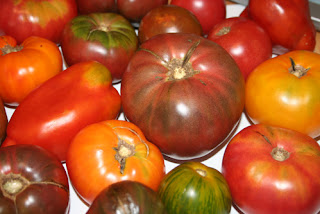Unintended Consequences & Agricultural Research

I was intrigued by Andrew Torrance's interesting post, Synagriculture , where he writes that "agriculture stands on the verge of another technological transformation." Synthetic biology is new to me, and I will explore both the article cited and other information about this new technology. Andrew quotes the abstract of the article as to explain that - "Synthetic biology seeks to purge biology of some of its fundamental inefficiencies through the rigorous application of engineering principles. Rather than tinkering around the edges, biological engineering would remake living organisms from first principles, and employ standard parts to make qualitatively new biological devices and systems." My immediate reaction could best be described by the image of a teacher that has just learned that a group of three year olds from the local preschool had figured out to unlock the door to the chemistry lab. This response was in part triggered by news of another article that ...



